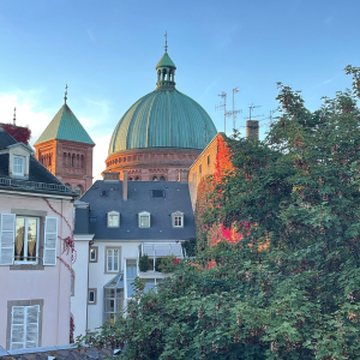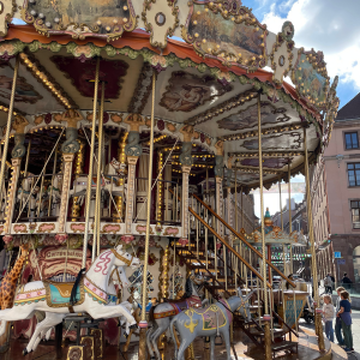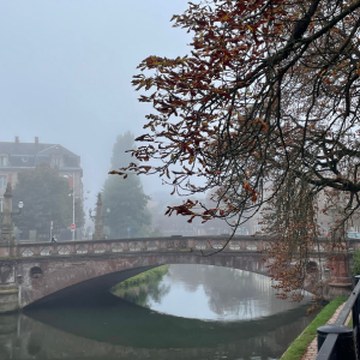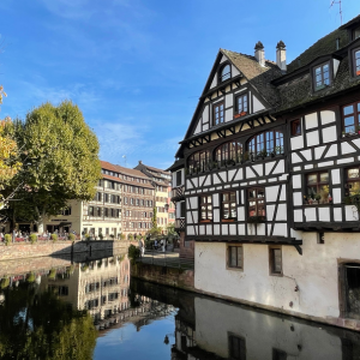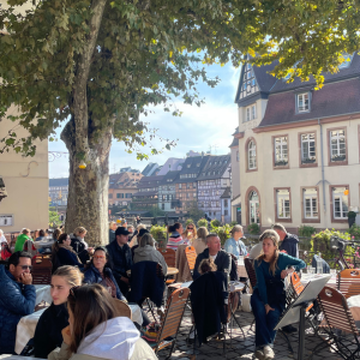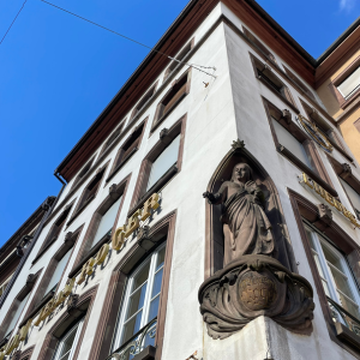Alsace is for Wine Lovers
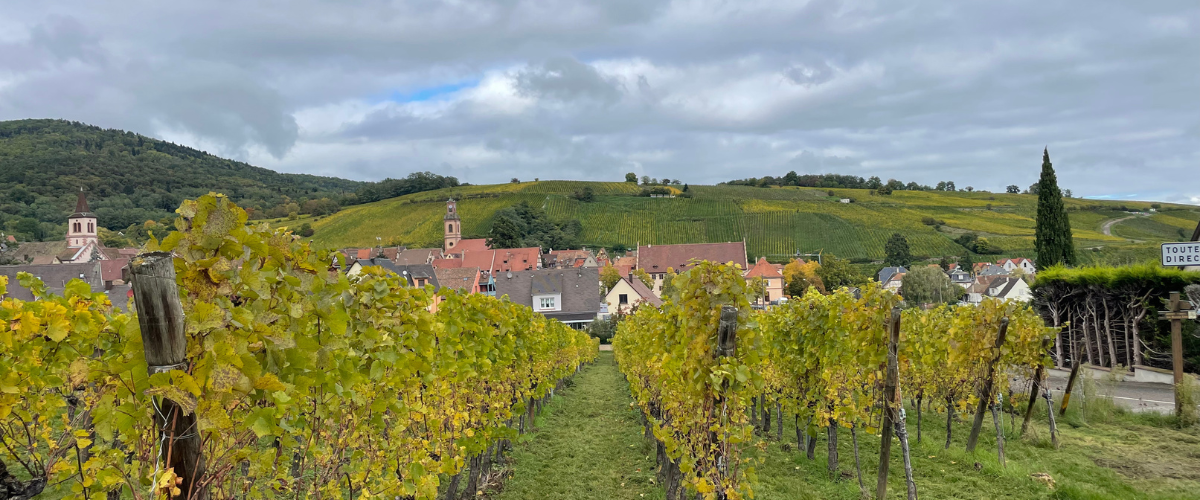
One day I will stop talking about Alsace. But today is not that day.
By Erin Henderson
I’ve just returned from a two-week adventure in France. I visited Paris (natch), Champagne, and Alsace.
It’s the later of the list we are discussing today.
Alsace, a dynamic region perched on the border between France and Germany, has changed hands between the two countries a head-spinning nine times over modern history (it’s currently in France.)
You may also like: 5 Facts About Champagne That May Surprise You
If you haven’t considered visiting, may I suggest you put it on your travel list – preferably near the top. I stayed in Strasbourg, the capital, a snow globe of a city that looks like it was designed by the Brothers Grimm while they interned at IKEA. A picturesque place of timber wood framed homes punctuated by sleek, Germanic, modern structures. I’d say brutalist architecture, but that sounds, well, too brutal for such a serene town.
Here is a place of cobble stoned streets and farmers’ markets. Cyclists and trams and traffic obeyers. Scandinavian design stores and Christmas shops. Traditional, pork-laden restaurants of low ceilings and heavy wood, and sleek tea emporiums and stylish sushi houses.
I can’t wait to return.
You could easily stay in this fairy tale city and never get bored, but there’s a long and winding wine route across Alsace you would be remiss not to take, if for nothing more than the scenery straight out of Walt Disney's central casting. (But I suspect of you’re reading this blog, wine is exactly what will lure you to this route.)
The really good news for tourists and newcomers is driving the wine route is simple and easy – soothing, even – as you meander through the countryside of farmers’ fields and vineyards, set against the evergreen-forested Vosges mountains. The drive will take you through sleepy Hansel and Gretel villages that have no more action than a cat running between the thatched-roof homes with stone chimneys lazily sending curls of woodsmoke into the mild air. You can’t help but wonder which of the Seven Dwarves are in there, and what is cooking in the bubbling pot set upon the fire.
Which brings up the next point: Alsatian food. Stay tuned for many recipes celebrating the fantastic cuisine of this Franco-Germanic area: Schweinshaxe, a slow roasted pork knuckle with rich beer sauce; tart flambée, an Alsatian flatbread with cheese, onions, and bacon; Munstilette, a casserole that bakes potato with Munster cheese, bacon and onion, and Bibeleskaes a potato bake that combines fromage blanc with cream and seasonings. Apologies in advance to vegans.
You may also like: Classic German Spätzle Recipe
The next part of the really good news is all the food goes smashingly well with local Alsatian wine. Mostly white, though Pinot Noir is also prolific through the region. The rich, creamy, decadent dishes get a relieving boost for the crisp, bright, and aromatic wines.
Here are a few more facts – both quirky and broad – about Alsatian wine:
Muscat is always served dry in Alsace.
This was perhaps the biggest shock of our entire trip. Muscat (also known by its Italian name of “Moscato”) is famously sweet (think of the lightly spritzy Moscato d’Asti from northern Italy) so we were stunned to find out that in Alsace Muscat is always fermented to dry. And it makes a beautifully delicate and delicious dry wine with subtle notes of peach, fennel, and floral with snappy acidity that pairs beautifully with Alsace's rich braised pork dishes.
Pinot Noir is served cold in Alsace
While here in Canada we might serve Pinot Noir with a slight chill, say 10 minutes in the fridge, Alsatians largely prefer to serve it very cold, so don’t be surprised if it comes in an ice bucket to your table.
Alsace was nearly wiped out by phylloxera
Before phylloxera hit in the late 1800’s, Alsace had 30-thousand hectares under vine. By the time phylloxera ripped through the region, only 2,000 were left. Now, 15-thousand hectares are planted.
Alsace was a global leader in wine production
In the Middle Ages, Alsace was one of the most important wine producers in the world, exporting wine to all countries across Europe. After the 1600’s, Alsace lost its hold on the wine world thanks to wars and political strife (remember: Alsace has changed between German and French rule nine times).
You can’t always see the Vosges Mountains
We were surprised that the fabled mountain range is often out of sight, even on the flat wine route. In Canada, we learn the Vosges play a crucial role in Alsatian grape growing (and they do), so we expected the grandiosity of the Rocky Mountains. Yet, as impactful as the Vosges are, they’re relatively small and not always visible to the naked eye.
There are 51 Grand Cru vineyards
Which is a lot. Alsace has even more GC’s than terroir-obsessed Burgundy.
Alsace labels wines by grape, not place
The four noble grapes of Alsace are Riesling, Gewürztraminer, Pinot Gris, and Muscat. These are the only white grapes allowed in Grand Cru wine. As of 2024, Pinot Noir is permitted in two of the Grand Cru sites, Kirchberg de Barr and Hengst. Sylvaner, Pinot Blanc, and Chasselas, are also grown in Alsace and are used in the standard AOC wines.
Your next read: Wine Tripping Through Vinho Verde

